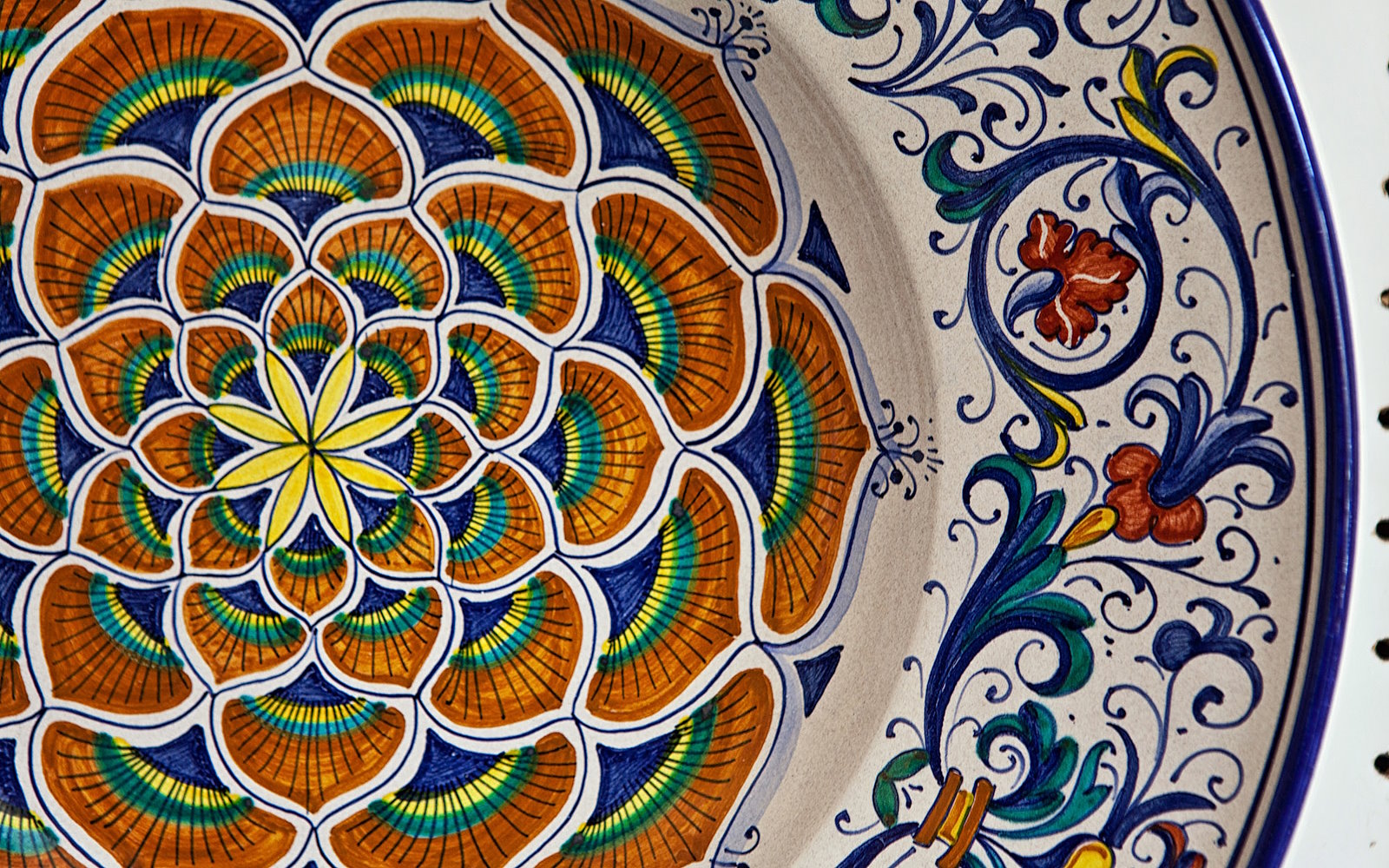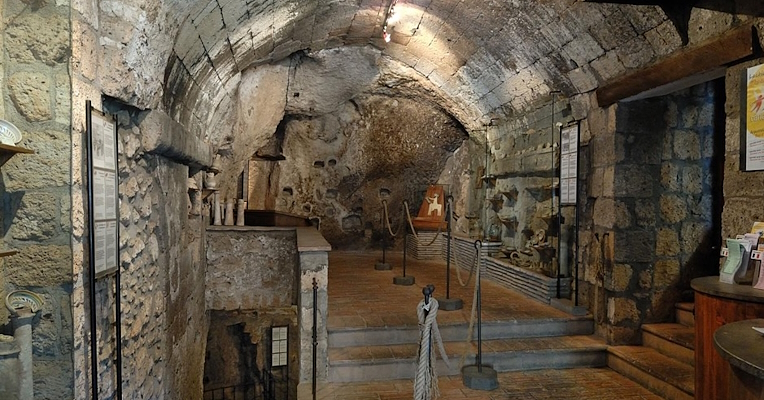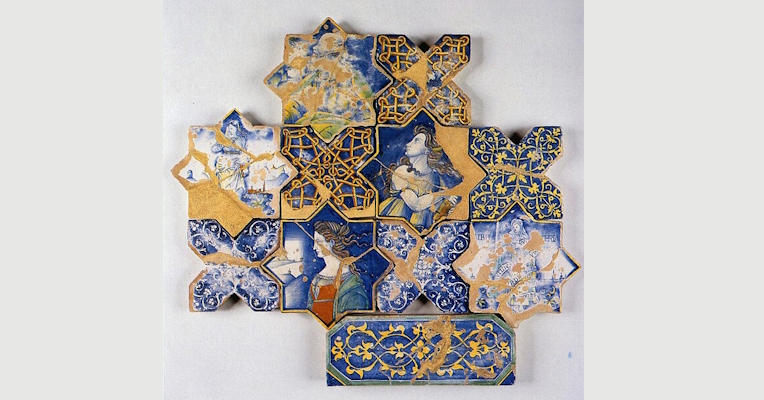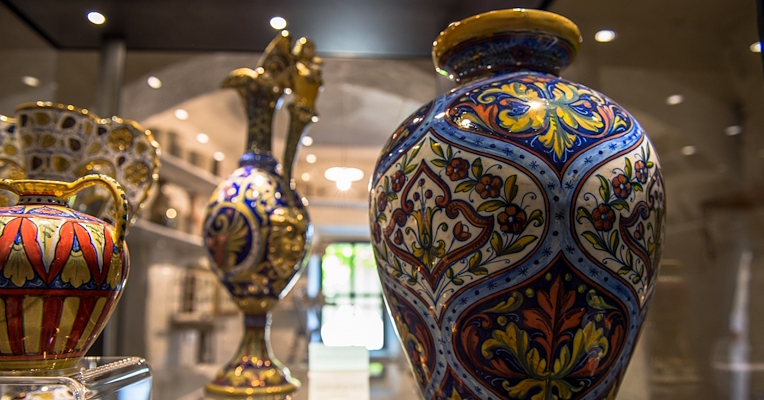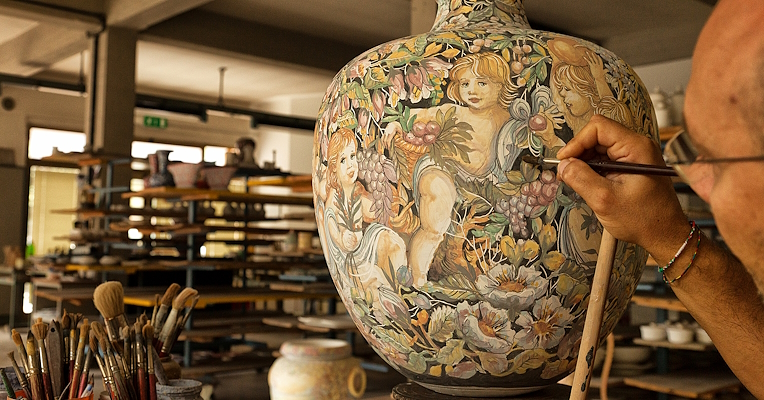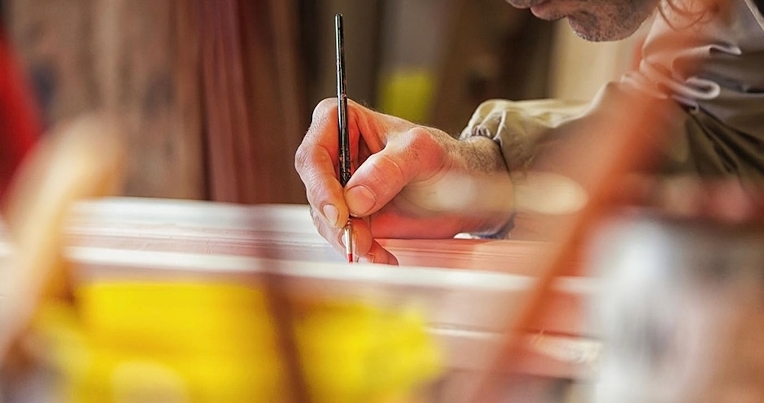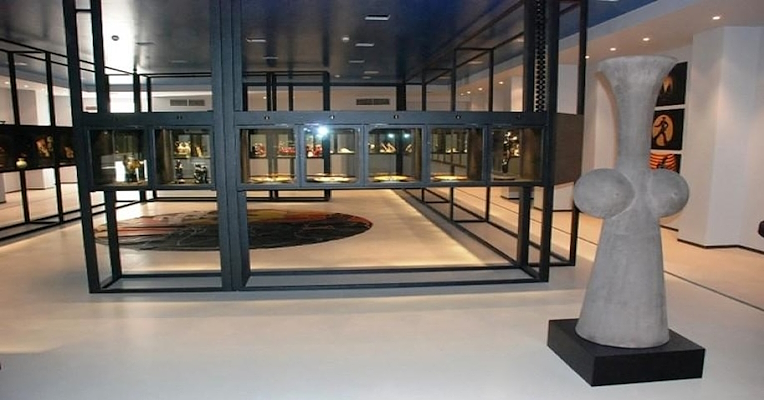Deruta majolica is famous worldwide and represents its identity. The local artisans, whose workshops and displays of artefacts characterise the streets of the town, have a tradition, in some cases centuries old, of producing top-quality items.
The first records of Deruta ceramics date back to the 13th century; written sources from 1282 testify to the production of household items. Medieval pottery, from the archaic period, had geometric, floral and zoomorphic decorations in green and brown. Cobalt blue was introduced later.
The heyday was reached between the end of the 15th and mid-16th century, when, also due to the presence of artists such as Perugino, Pinturicchio and Signorelli, Deruta artisans enriched their decorations by drawing inspiration from pictorial art. It was during this period that Deruta's iconic decoration, the Raphaelesque, was born. The artefacts, increasingly precious in terms of colours, shapes and decorations, were commissioned by the major European courts; in the numerous Renaissance workshops, experimentation began on a new technique imported from the Middle East, lustre, which allowed the colours of gold and ruby red to be obtained with changing or iridescent shades.
In the historical centre of the town, the Deruta Ceramics Museum, the oldest Italian museum on the subject, houses a valuable and rich collection with artefacts made over the centuries and hosts sections dedicated to traditional techniques.
























